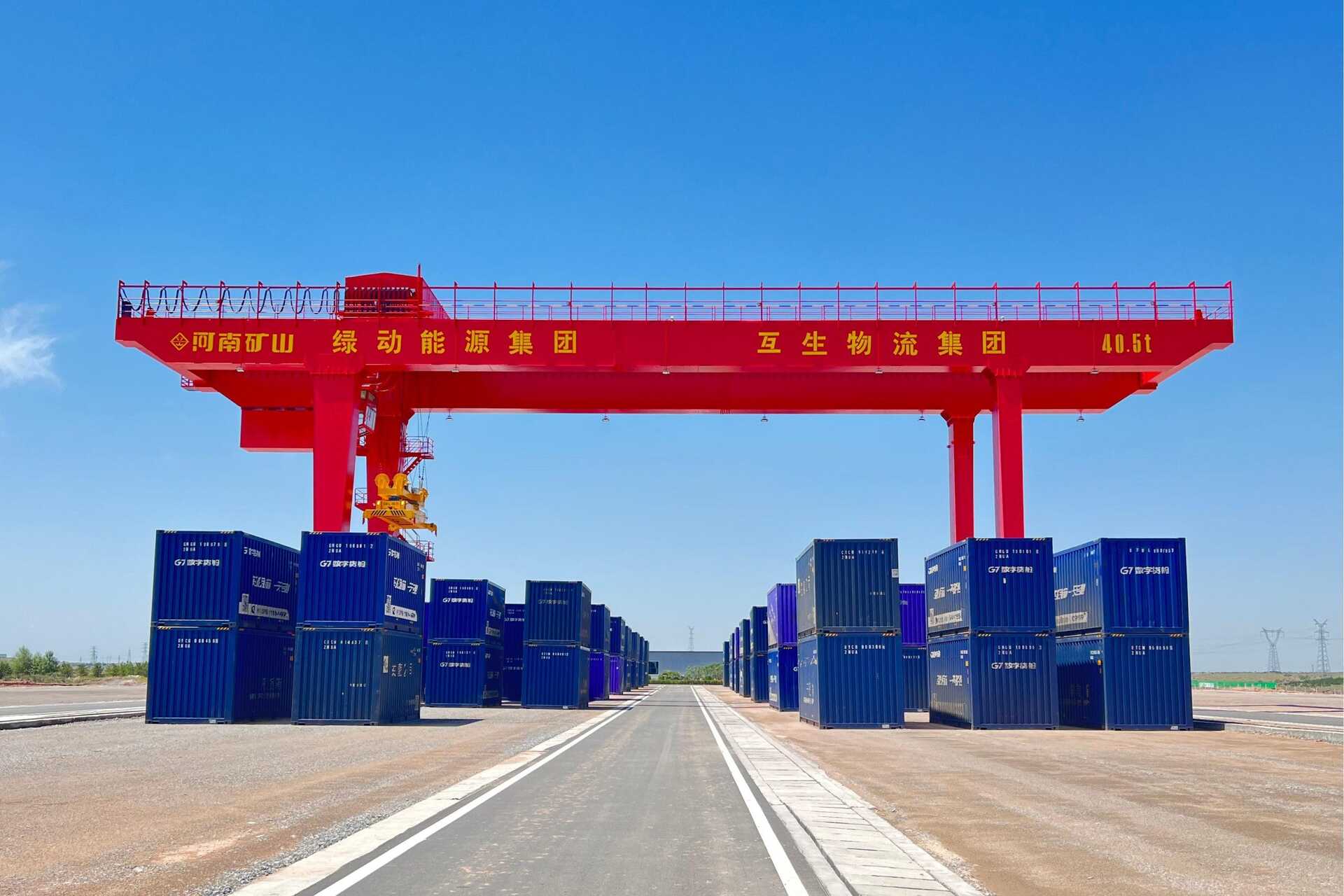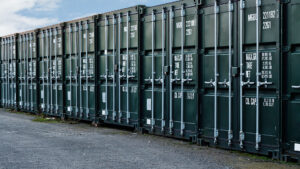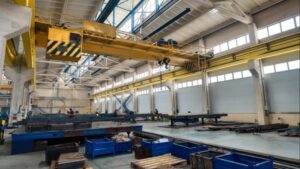Containers are no longer just tools for transporting goods; they have become integral to modern urban landscapes. From art galleries and studios to food centers and mobile hotels, their versatility and flexibility have made them popular in architectural and commercial applications worldwide. This article will provide insights into the latest market trends in container transformation and explore various innovative applications.
The Rise of Container Transformation
Traditionally, containers were used primarily for the safe and reliable transportation of goods to their destinations. Container handling cranes play a crucial role in this process, efficiently and accurately moving containers from one location to another, ensuring smooth logistics.
However, with the continuous innovation of creative professionals and start-up companies, containers have gradually been transformed into various alternative spaces, far exceeding their traditional functions. Whether at Keppel Harbour in Singapore or the Art Box container market in Bangkok, container architecture is increasingly reshaping the urban landscape.
Globally, the market for container transformation is rapidly expanding. In 2022, the global container transformation market was valued at $85.3 billion and is expected to grow to $147.6 billion by 2030, with a compound annual growth rate (CAGR) of approximately 7.1%. The following factors primarily drive this growth:
- Technological Advancements: Innovations in design, materials, manufacturing technologies, and construction methods have made customized containers more accessible and cost-effective.
- Increased Demand for Modular Buildings: Containers are well-suited for modular construction due to their ease of transportation and installation, making them ideal for areas with limited space.
- Growing Awareness of Sustainability and Environmental Protection: Container transformation offers an eco-friendly building option by repurposing existing materials and reducing the demand for new resources.
Diverse Applications of Container Architecture Worldwide
Innovative applications of container architecture are diverse and can be found worldwide. Here are some notable examples that showcase how containers can be transformed into different functional spaces.
- Creative Container Market — Art Box
In Bangkok, Thailand, and Singapore, the Art Box container market has become a popular shopping and leisure destination for young people with its modern mobility and innovative design. Art Box arranges hundreds of containers into individual stalls selling fashion, food, and creative products, creating a vibrant modern flea market. This container market has been a tremendous success in Thailand and has also sparked a trend in Singapore. Although Art Box has been temporarily suspended due to the pandemic, the container architecture trend it has initiated continues to have a far-reaching impact.
- Container Photography Gallery — Deck
On Prinsep Street in Singapore, a photography gallery called Deck is made up of stacked containers. Initially intended as a temporary venue for the Singapore International Photography Festival, Deck gained popularity among art enthusiasts due to its unique atmosphere and design. It has now become a permanent exhibition space in the arts district of Bras Basah. The structure of Deck includes two exhibition halls, a library, a studio, and a standalone container with darkroom facilities, as well as a restaurant. Its industrial-style design offers visitors a unique visual experience and demonstrates the diversity and potential of container transformation.
- Container Art Studio — Block O
The Greenfield Modular Studios at the Goodman Arts Centre, also known as Block O, is another exemplary case of container transformation in Singapore. This space repurposes old containers into art studios, providing local artists with a modern and inspiring creative environment. Block O consists of 11 art studios and can also be used for exhibitions and workshops. The use of greenery and vines to decorate the exterior cleverly combines industrial style with the natural environment, creating a space that is both artistic and inviting.
- Container Food Center — Timbre+
At JTC LaunchPad@one-north in Singapore’s one-north business park, the Timbre+ container food center showcases the diverse applications of containers in the food and beverage industry. The containers here are painted with graffiti-style artwork, full of vibrancy and creativity. Timbre+ offers not only a variety of food but also live band performances on a central stage, making it a popular gathering place for locals. The industrial style of the containers contrasts sharply with the surrounding research and office buildings, presenting a unique urban vibe.
- Container Hotel — The Shipping Container Hotel
Earlier this year, Singapore’s first container hotel, “The Shipping Container Hotel,” opened, adding a more humanized aspect to container architecture. The container hotel utilizes its unique spatial layout to provide a compact yet fully equipped living environment, including amenities such as Wi-Fi, a TV, a dining table, a refrigerator, and a washing machine. Its design uses a minimalist style and soft, light colors to create a comfortable living atmosphere, highlighting the multifunctionality and adaptability of containers. In the future, the container hotel plans to appear in various tourist areas around Singapore in a “pop-up” format, offering guests a unique accommodation experience.
Future Trends in Container Architecture
As the global container transformation market continues to expand, the scope of container architecture applications will further broaden. In the coming years, 40-foot standard containers and 40-foot high cubes are expected to be the most popular sizes for modifications, especially in the construction industry. Due to their low cost, eco-friendliness, and flexibility, container buildings are expected to be widely used in more fields.
Conclusion
The market for container architecture and transformation is experiencing a period of rapid growth, showcasing its vast potential for innovation and diverse applications. Whether used for commercial, artistic, residential, or recreational purposes, container buildings continually challenge the definition of traditional architecture. In the future, with technological advancements and changing market demands, container transformation will continue to bring new possibilities to the global architecture market. Whether you are looking to explore business opportunities or seeking creative inspiration, container architecture is worth exploring.






